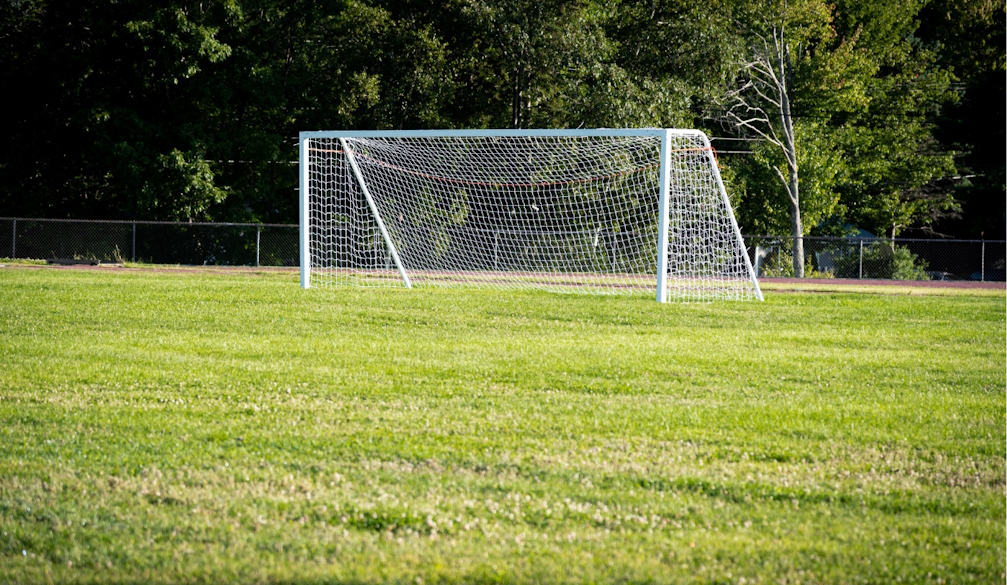Even if they aren’t sporty, all kids need to throw and catch. How can you help if your child is struggling?
- Written by Stuart Evans, Lecturer Teacher Education, Physical Education, Sport and Movement., La Trobe University

Apart from literacy and numeracy, some of the most important skills children learn in their primary school years are throwing and catching. These are considered “fundamental movement skills[1]” because they underpin other, more complicated physical activities.
For many years, researchers have been highlighting concerns[2] about a decline in children’s throwing and catching skills.
How can parents help their children develop these important skills?
Why is it so important to be able to throw and catch?
Not every child will go to the Olympics or want to. But it is important they develop fundamental movement skills (along with ball skills, these include running, skipping and balancing).
These skills are seen as “fundamental” because they are needed to engage in physical activities[3] effectively and confidently. These also form the basis of skills[4] in all other sports.
So even if they are not going to be a sporty child or sporty adult, these skills will give kids the essentials they need to remain active and healthy throughout their lives. As research tells us[5], the foundation for an active lifestyle is formed in early childhood.
Children need help to learn
By the time a child is about five[8], they should be able to throw using a coordinated movement of the throwing arm and opposite leg stepping forward. They should be able to catch using their hands only.
A common misconception[9] is children learn skills such as throwing and catching automatically. But research both overseas[10] and in Australia[11] shows an increasing number of children are not developing adequate basic skills.
For example, a 2014 study[12] on West Australian primary students showed a marked decline in six-year-olds’ ability to do an underarm throw and bounce and catch a ball since the 1980s.
To add to concerns, Australian research shows children and young people are not playing as much sport as they used to. A recent report on sports participation in Victoria[13] showed sports participation in children aged ten to 14 was lower in 2022 than in pre-COVID years. The participation rate peaked at 67% in 2017 before dropping to 57% in 2022.
How can you help your child’s throwing and catching skills?
Early education services and schools include fundamental movement skills in their programs. Guidelines note it takes between 240 and 600 minutes[14] of teaching time for a child to become proficient in one fundamental movement skill.
But research suggests[15] parents can also help their kids at home and you can start building these skills from about the age of two. Here are some tips:
Start simple
When you’re helping your child, start with larger balls or balloons and work on overarm throwing, underarm throwing and two-handed passes. These can include chest passes and bounce passes like you see in netball and basketball.
As your child gets older, you can make the balls smaller and distances greater. And you can introduce challenges, such as “show me a different way of throwing or catching”.
Have formal and informal sessions
Research shows[18] it’s important for children to get both unstructured play and structured practise to learns these skills.
This gives them specific tips and a chance to experiment and develop their skills.
Vary the activities
Repeatedly practising the same skill under the same conditions can lead to rapid gains[19] in skill development. But it does not teach children how to apply this skill.
Research suggests[20] children should practise skills in a variety of ways.
If a task is unpredictable it will create a more “game-like” environment so children are challenged to find solutions.
For example, you could have a game that involves throwing to a target. You could have changing targets (instead of just throwing at the same target over and over).
Keep it fun
While you may be “practising” or “working” on a skill, try and make it enjoyable. Perhaps it forms part of a trip to the park or it involves a favourite toy. Maybe it involves different equipment or a game where the ball is a character.
If you have concerns about how your child’s fundamental movement skills are developing, talk to their teacher, early childhood educator or a paediatrician.
References
- ^ fundamental movement skills (www.wslhd.health.nsw.gov.au)
- ^ highlighting concerns (theconversation.com)
- ^ engage in physical activities (www.ncbi.nlm.nih.gov)
- ^ basis of skills (www.act.gov.au)
- ^ research tells us (link.springer.com)
- ^ Anete Lusina/Pexels (www.pexels.com)
- ^ CC BY (creativecommons.org)
- ^ about five (www.act.gov.au)
- ^ misconception (www.researchgate.net)
- ^ overseas (pubmed.ncbi.nlm.nih.gov)
- ^ Australia (theconversation.com)
- ^ 2014 study (theconversation.com)
- ^ sports participation in Victoria (www.vichealth.vic.gov.au)
- ^ 240 and 600 minutes (app.education.nsw.gov.au)
- ^ research suggests (www.ncbi.nlm.nih.gov)
- ^ Allan Mas/ Pixels (www.pexels.com)
- ^ CC BY (creativecommons.org)
- ^ shows (pubmed.ncbi.nlm.nih.gov)
- ^ rapid gains (www.tandfonline.com)
- ^ suggests (pubmed.ncbi.nlm.nih.gov)

















